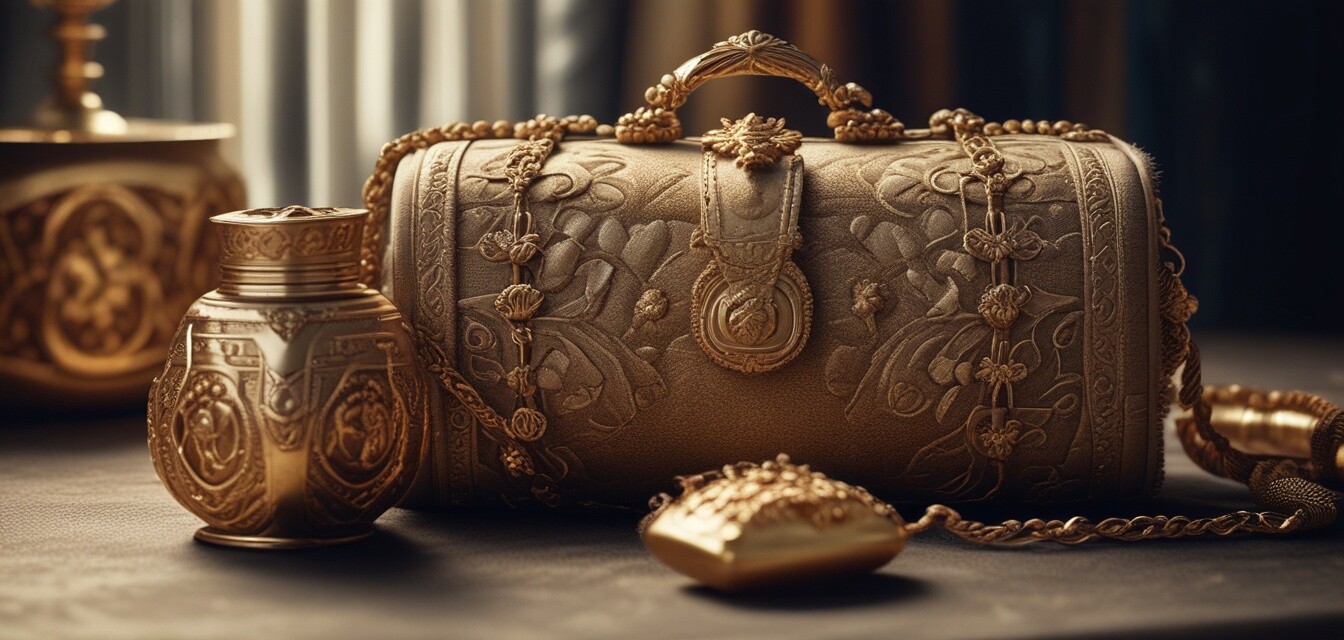
The allure of handcrafted luxury goods
Key Takeaways
- Handcrafted luxury goods reflect exceptional artistry and uniqueness.
- Such items often come at premium prices due to the quality of craftsmanship.
- Exploring various categories showcases the diversity in luxury handmade products.
- Buying handcrafted luxury goods supports artisans and small businesses.
Handcrafted luxury goods are not just about premium prices; they encompass a world of exceptional artistry and creativity that speaks to the heart of discerning shoppers. From exquisite fashion accessories to unique collectibles, the appeal of these unique items lies in their craftsmanship and the story behind each piece. In this article, we'll explore the charm of luxury handmade products and what makes them worth the splurge.
The artistry of handcrafted goods
One of the principal reasons people gravitate towards handcrafted luxury goods is the artistry involved in their creation. Every item tells a story, showcasing the unique skills and dedication of the artisans who pour their heart and soul into their work.
Understanding the craftsmanship
Craftsmanship in luxury goods includes a variety of techniques that have been passed down through generations. These techniques vary across different cultures and regions, enriching the product's history and significance.
| Category | Craftsmanship Techniques | Unique Characteristics |
|---|---|---|
| Fashion Accessories | Leatherworking, weaving | Intricate designs, personalized features |
| Collectibles | Hand-painting, sculpture | Limited editions, unique artistry |
| Home Décor | Woodworking, glassblowing | One-of-a-kind pieces, distinct styles |
The benefits of purchasing handcrafted luxury items
Buying handcrafted luxury items goes beyond just the purchase; it’s about appreciating art and supporting local artisans. Here are a few benefits:
- Support for artisans: Your purchase helps sustain local communities and traditional craft practices.
- Unique items: Each handcrafted product is one-of-a-kind, offering something special that mass-produced items cannot.
- Quality over quantity: Handcrafted goods are typically made with high-quality materials, ensuring more durability than factory-made items.
Exploring different categories of luxury handmade goods
Across various categories, the diversity of luxury handmade products is vast. Let's take a closer look at some of these categories:
- Fashion & Accessories: Discover beautifully created handbags, handcrafted jewelry, and elegant scarves.
- Collectibles: Explore limited edition artwork, rare figurines, and custom pieces.
- Home & Kitchen: Find exquisite furniture, artisanal ceramics, and unique decor items.
Investing in luxury craftsmanship
Investing in luxury handcrafted items can yield both financial and personal rewards. These items often retain or increase in value over time, making them a wise choice for collectors.
“Luxury is not about the price tag but the story and craftsmanship behind the product.”
What to look for when buying handcrafted goods
Here are some tips to ensure you make a rewarding purchase:
Beginner's Section
- Research the artisan or brand to understand their story and ethical practices.
- Check the materials used to ensure quality and sustainability.
- Look for reviews or testimonials about the product's craftsmanship and durability.
Conclusion: The lasting appeal of handcrafted luxury goods
Handcrafted luxury goods bring together the best of artistry, quality, and uniqueness, creating an irresistible allure for buyers. Whether you’re looking to enhance your personal collection or searching for the perfect gift, these items provide more than just aesthetic value; they embody stories and craftsmanship that can stand the test of time. As you explore the world of luxury handmade products, consider visiting our Spotlight on High-End Items category for more in-depth reviews and features on exceptional products.
Pros
- Each item is uniquely created with high-quality materials.
- Supports local artisans and traditional craftsmanship.
- Typically retains or increases in value over time.
Cons
- Higher price point than mass-produced goods.
- Limited availability and often specific to certain collections.

